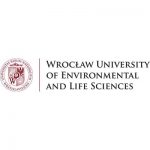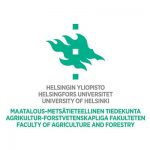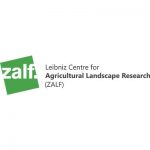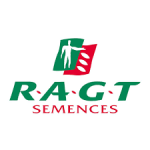Work package 2
Cultivar potential of soya and faba beans
WP leaders

Prof Sylwia Lewandowska
Wrocław University of Environmental and Life Sciences, POLAND

Prof Sonoko D. Bellingrath-Kimura
Humboldt University of Berlin, GERMANY
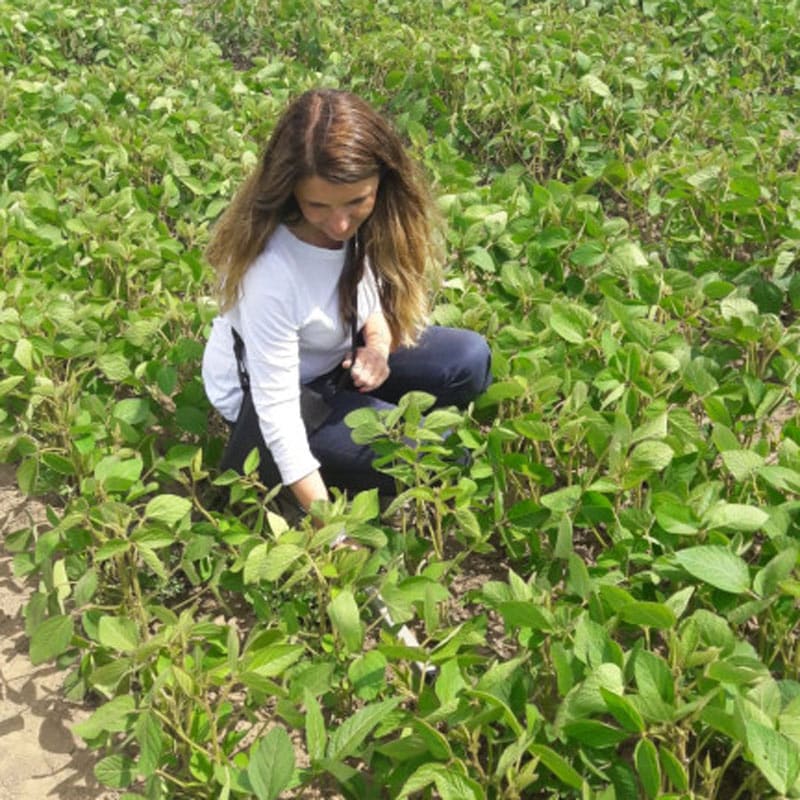
WP2 examines the potential of faba and soya bean to adapt to growing conditions in Europe. Faba bean has been widely grown in the continent for a long time, so considerable data is available on cultivar and germplasm performance, and our aim is to gather a suitably large dataset from literature and existing experiments to allow testing of hypotheses about factors contributing to the yield gap and to provide benchmarks for validating the models. In contrast, soya bean is relatively new to the continent, and we aim to test its adaptation in regions where it has not been studied and is currently rare, but has potential. Our first target area is the northern edge of adaptation in northern Poland and Germany, where climate change is making the growing season suitably warm. The second target is irrigated agriculture in Spain, since irrigated soya bean in northern Italy is successful. In each country, we will have experiments in three areas differing in various aspects of the cropping season. More than 10 cultivars will be tested in each of the two test regions. Soya bean forms N-fixing symbiosis with little other than Bradyrhizobium japonicum, and uninoculated control plots in the field experiments will allow detection of any native rhizobia that make effective or ineffective nodules on this crop, although none has yet been found.
